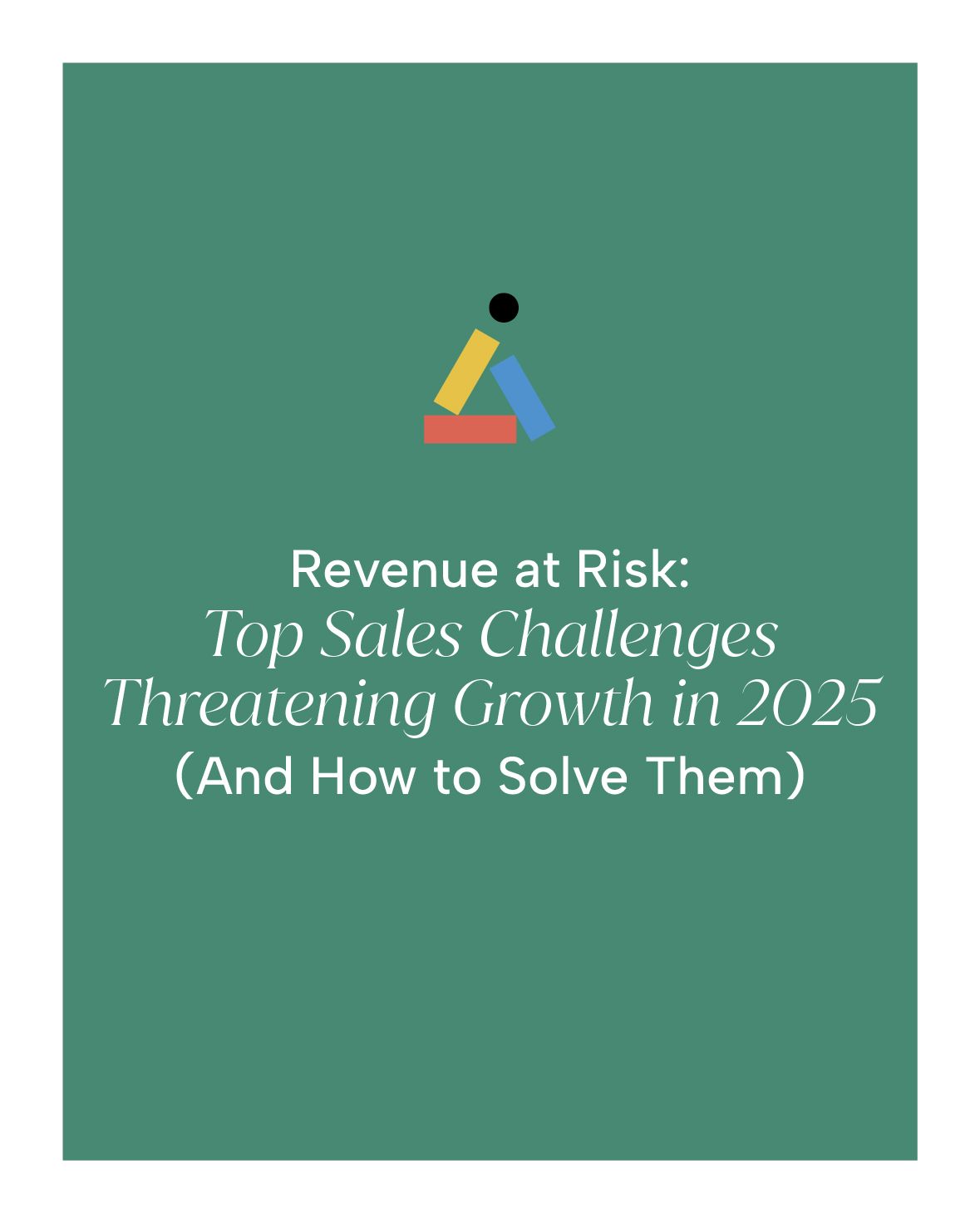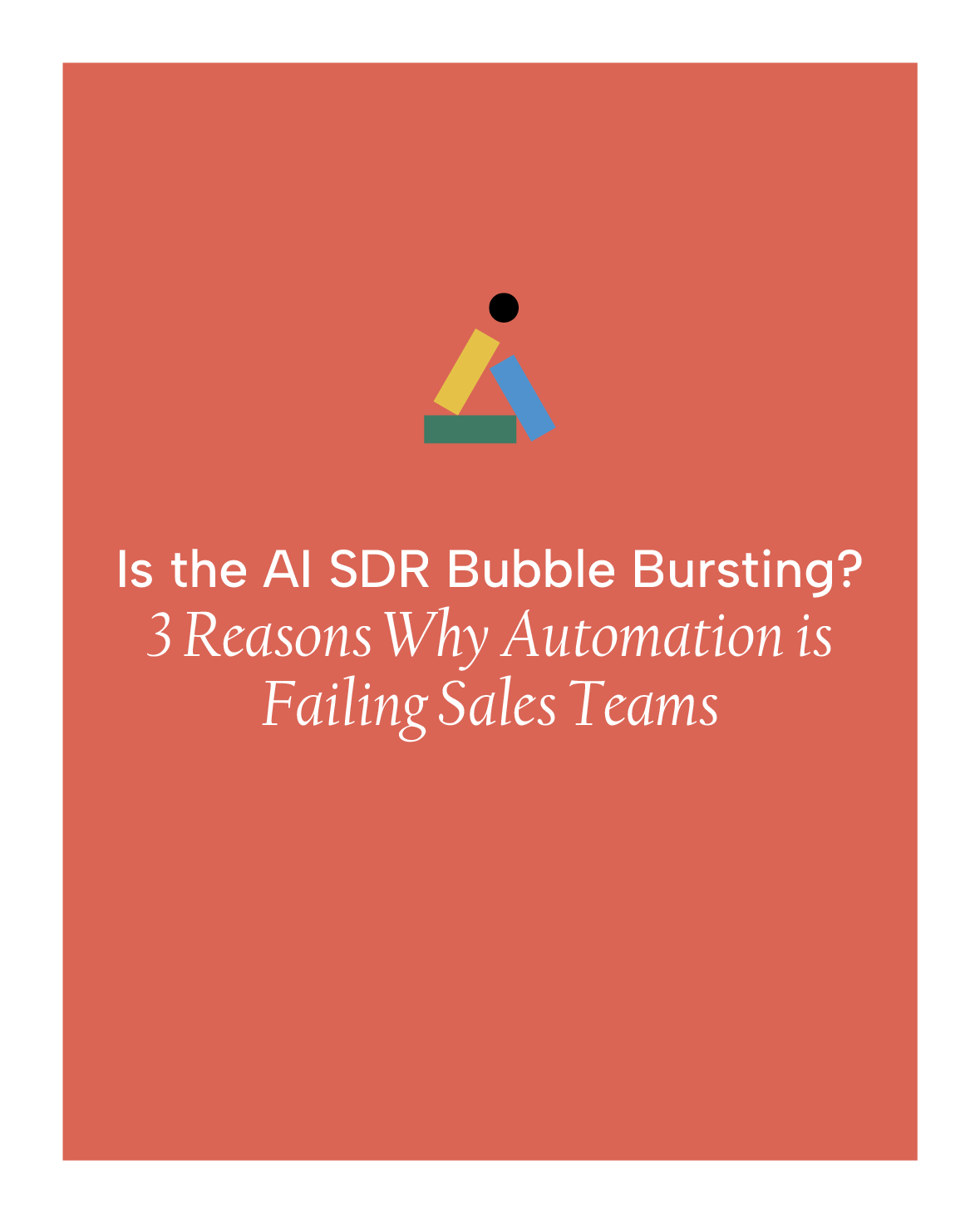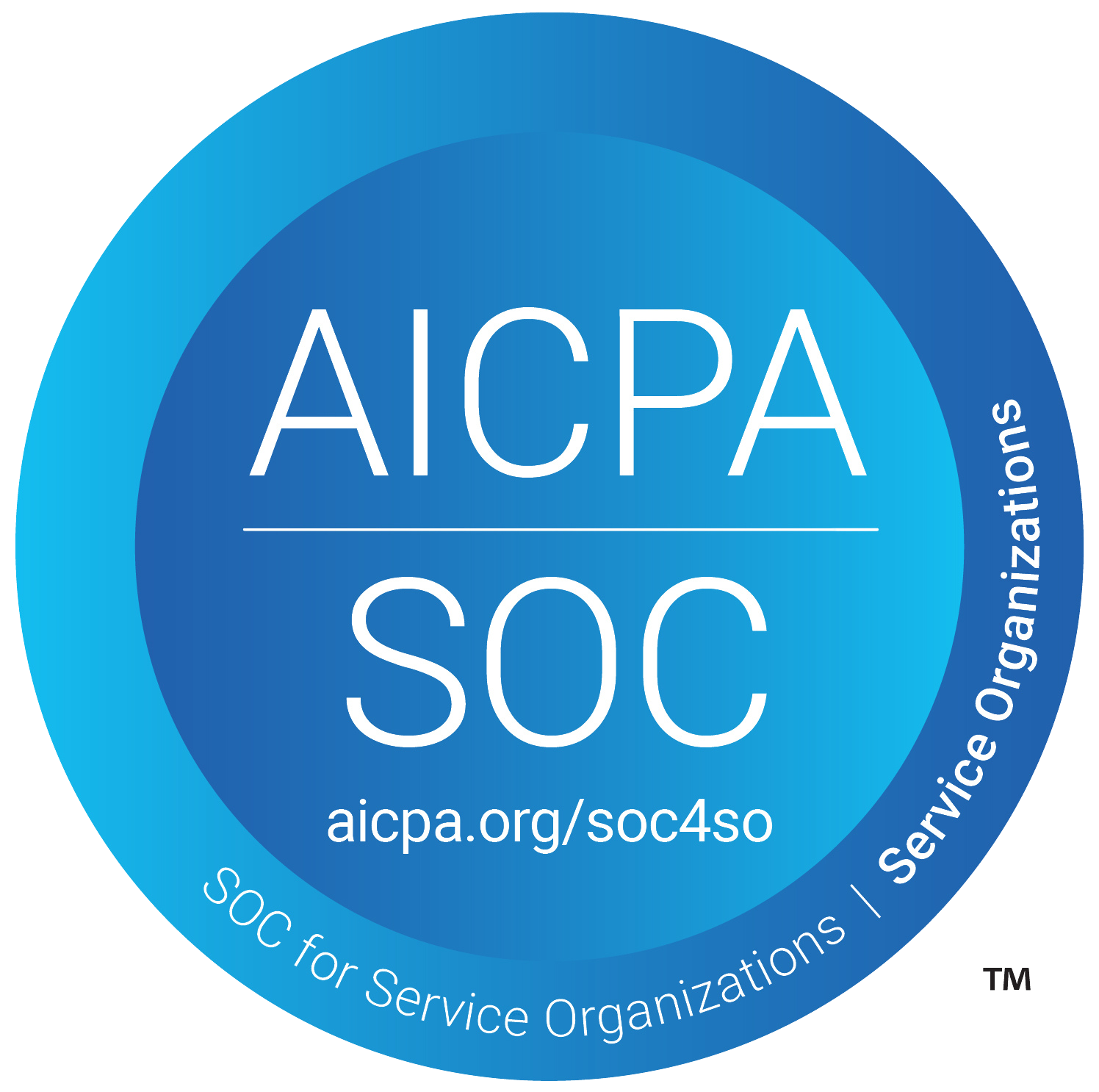How to Build a Unified Customer Data Platform (CDP) That Scales
Today, businesses are inundated with information from multiple sources. To stay competitive, marketers need a solid foundation—a Customer Data Platform (CDP)—that can not only house and manage this data but also scale as the business grows. Audienz.ai presents an innovative Liquid CDP solution with features that effectively address complex customer interactions and growth challenges.
In this blog, we’ll provide a step-by-step guide to building a scalable CDP while leveraging the unique capabilities of AudienzAI.
Let’s get started.
Step 1: Defining Your Objectives
A clear understanding of your objectives is crucial for building a unified CDP. What data will you need to collect? How will it help you achieve your marketing goals? Align with key stakeholders to determine how a unified customer data platform will enhance customer insights, campaign effectiveness, and overall business success.
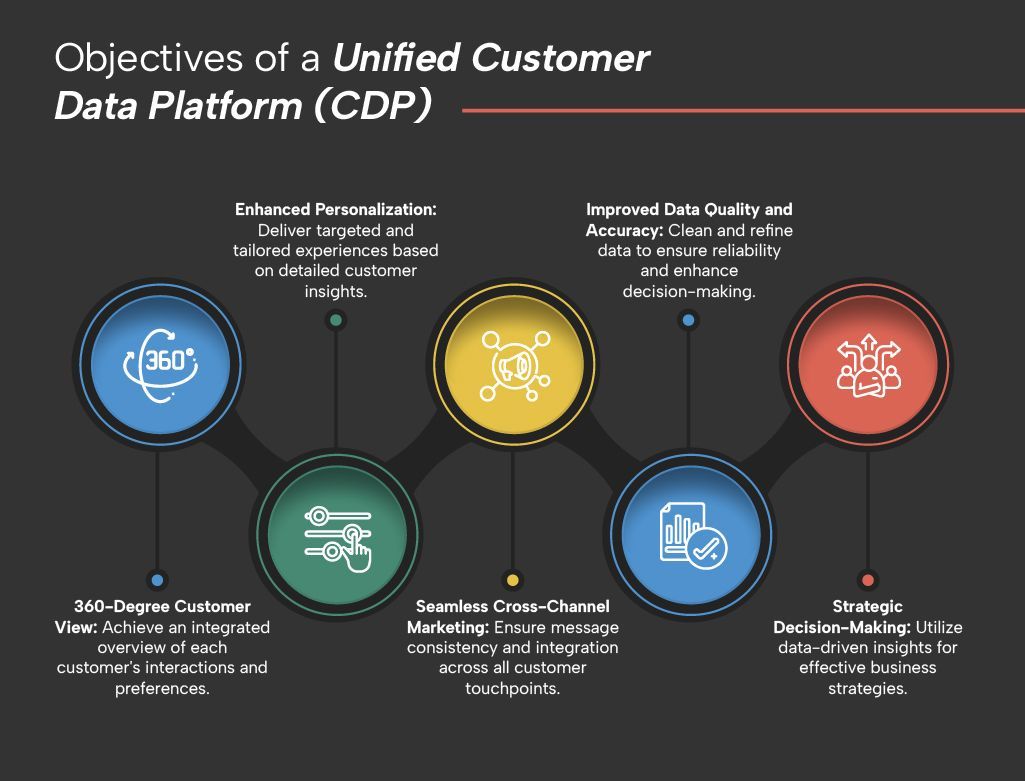
Step 2: Choosing the Right Data Sources
To create a Liquid CDP that encompasses a 360-degree view of the customer, you must identify and connect to diverse data sources. The beauty of AudienzAI lies in its ability to connect with over 200 data sources without a hitch, collecting first-party data while seamlessly integrating third-party data.
Including data from websites, mobile apps, CRM systems, social media platforms, and email outreach is essential. This connectivity enables you to gather a richer dataset that not only offers insights into customer behavior but also allows for hyper-targeting.
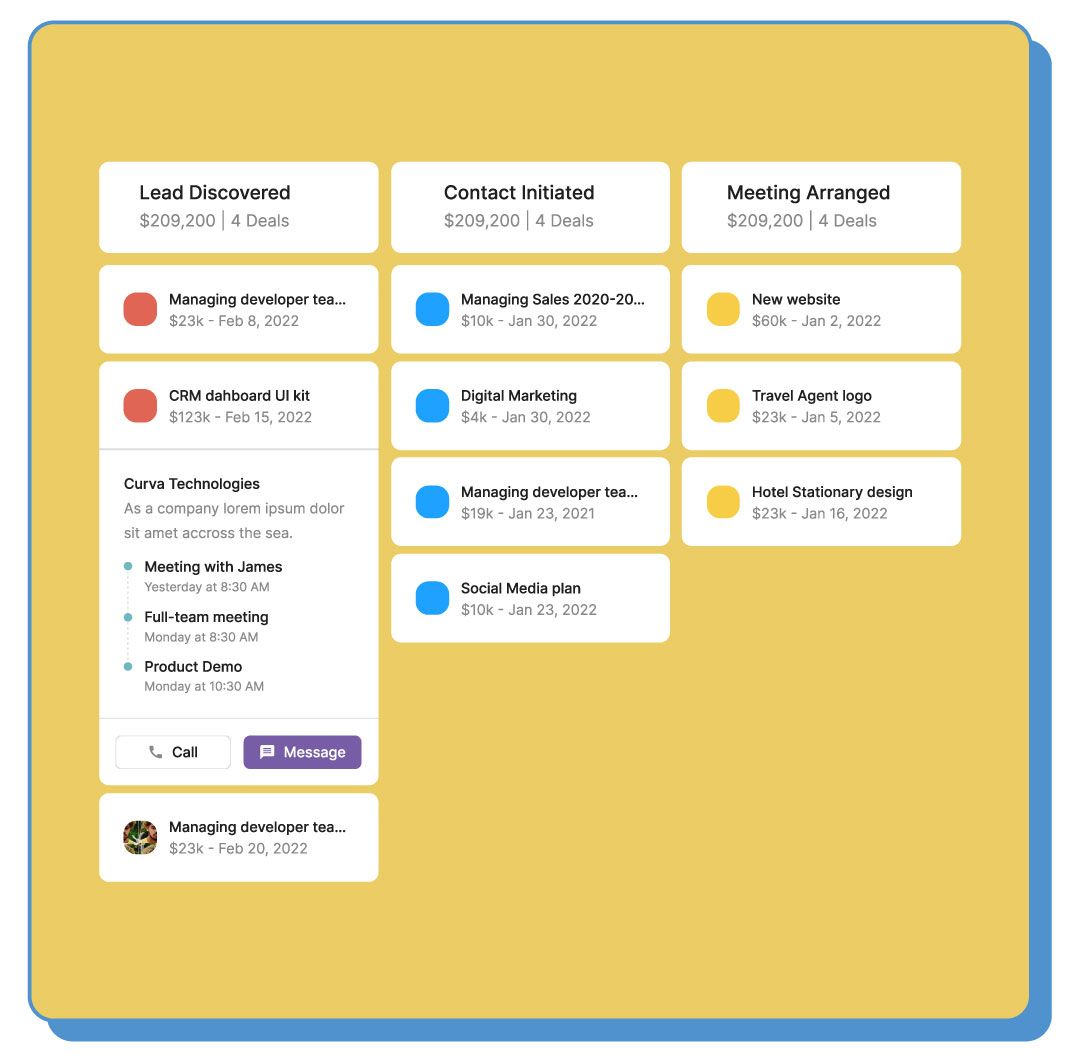
Step 3: Data Authentication and Quality
Once data sources are established, the next critical step is to ensure the quality and reliability of the data being collected. AudienzAI leverages both deterministic and probabilistic methods to authenticate internet data streams, ensuring that businesses have access to accurate information.
For instance, while deterministic methods rely on known identifiers (like email addresses), probabilistic approaches fill in the gaps using data inference from user behavior. This dual authentication method means your data's integrity remains intact, and you can trust the information to drive important business decisions.
Step 4: Data Organization and Customer Profiling
After wiretapping your data sources, it’s time to organize that data effectively. AudienzAI allows for the creation of rich customer profiles by resolving identities behind online interactions, even for those who have never filled out a form.
Using customizable tools, you can create profiles that go beyond simple demographics. Integrate behavioral data, purchase history, and engagement metrics to build a comprehensive understanding of your customers. This approach enables you to engage users on a more personal level, which is crucial in an age where customers expect tailored experiences.
Step 5: Implementation of Advanced Segmentation
Marketers can then segment their audience using the organized data. However, not all segmentation is created equal. Utilize the powerful segmentation capabilities of AudienzAI to create highly refined audience groups based on shared characteristics, behaviors, or any custom criteria.
Proper segmentation enables your marketing messages to resonate more deeply, as they address the specific needs and interests of each group. Consider that segmented campaigns can result in a significant increase in revenue, as they are more accurately tailored to customer needs.
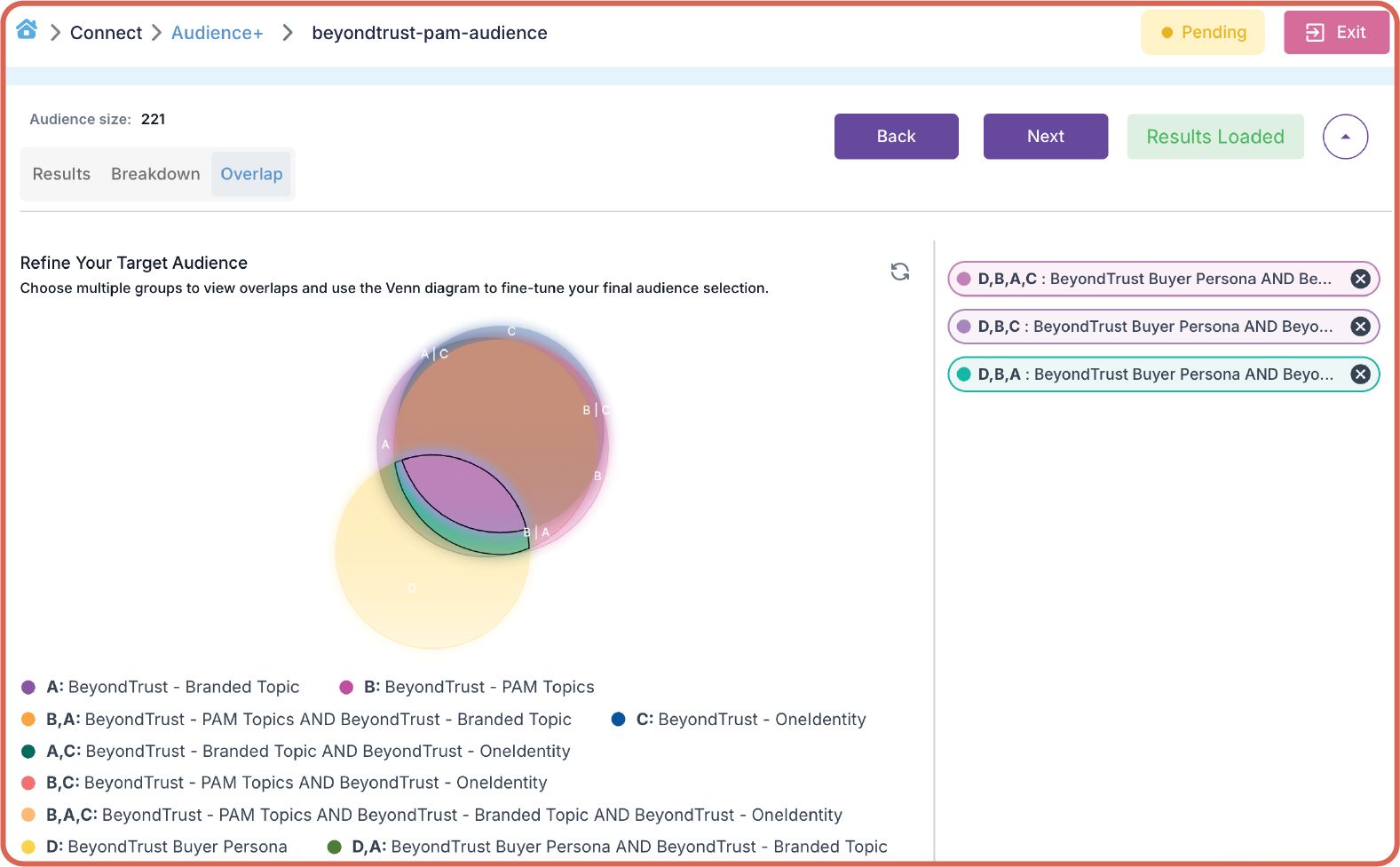
Step 6: Enabling Cross-Channel Activation
With a unified platform in place, it’s essential to activate your data across multiple marketing channels. AudienzAI goes beyond merely serving as a data reservoir; it facilitates connecting users with the right marketing automation tools. By ensuring that your audience segments can effortlessly shift across channels, you can create a consistent customer journey.
Leverage these segments to target and engage customers across email marketing, social media ads, website content, and more. By harmonizing your messaging and customer interactions, you reduce friction points, ensuring that customers enjoy a cohesive experience regardless of their touchpoint.
Know how to enhance your strategy with Customer Journey Mapping
Step 7: Analyzing and Optimizing
Finally, the true power of a CDP lies in analysis and optimization. With the vast amount of customer data you collect, leverage AudienzAI’s analytical capabilities to measure performance effectively. Regularly assess your strategies and campaigns to identify areas for improvement.
Leveraging the analytics provided by your platform allows you to identify high-performing tactics and areas where resources can be reallocated for maximum impact. Understanding your marketing effectiveness is key to sustaining growth.
Step 8: Scalability and Continuous Improvement
As your business scales, your CDP must evolve alongside it. AudienzAI is designed to grow with your needs, seamlessly accommodating an increasing volume of data while maintaining performance and reliability.
Establish a culture within your organization that embraces continuous improvement. Always be on the lookout for new data sources, integration opportunities, and analytical techniques to ensure your Customer Data Platform continues to deliver value as your business expands. Staying proactive in refining your data strategy can set you apart in a competitive landscape, empowering you to not only meet but exceed customer expectations.
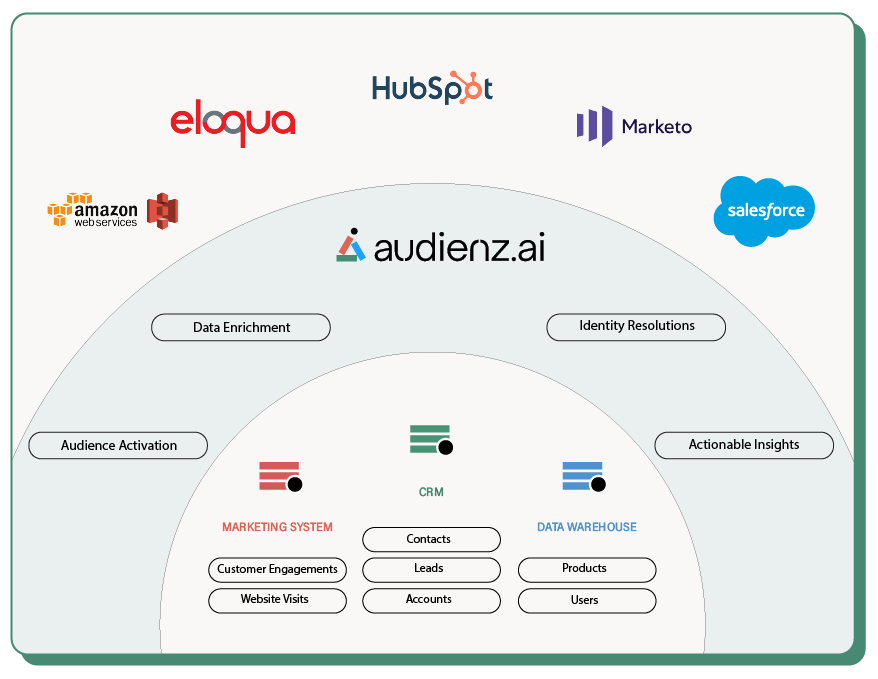
Wrapping up…
Building a unified Customer Data Platform that scales is a transformative journey. With AudienzAI as your partner, you can create a formidable foundation that drives value through insight, engagement, and strategic decision-making. Ready to elevate your marketing efforts and harness the true power of your data?
Discover how Audienz.AI can revolutionize your customer interactions. Request a free demo today and unlock your marketing potential!
share this
Related Articles
